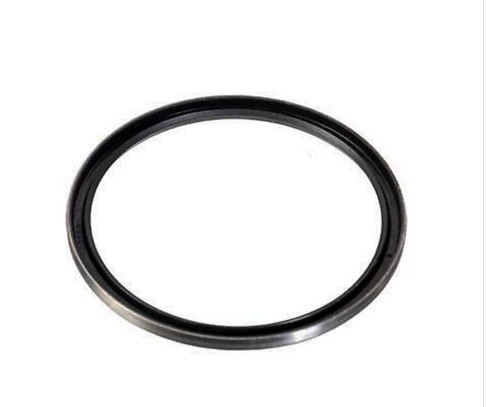40x52x7 oil seal
Understanding the 40x52x7 Oil Seal A Key Component in Machinery
Oil seals are crucial components in various mechanical systems, serving as barriers to prevent lubrication oil from leaking while keeping contaminants at bay. Among these seals, the 40x52x7 oil seal stands out for its specific dimensions and applications, making it an essential part of many machines and engines. In this article, we will explore the features, applications, and importance of the 40x52x7 oil seal.
Dimensions and Specifications
As the name suggests, the 40x52x7 oil seal has a nominal inner diameter of 40 mm, an outer diameter of 52 mm, and a thickness of 7 mm. These measurements are critical in ensuring that the oil seal fits perfectly into its designated groove, providing an effective seal. The design typically includes a rubber sealing lip that presses against a rotating shaft to prevent lubricant loss and contamination. It's important to choose the right seal for a specific application, as the dimensions must match the mechanical components for optimal performance.
Materials Used
The effectiveness of an oil seal significantly depends on the materials used in its construction. Common materials include nitrile rubber (NBR), which offers excellent resistance to oil and temperature variations, and fluorocarbon rubber (FKM), providing enhanced durability and resistance to various chemicals. The choice of material also affects the seal’s flexibility and longevity. Using the right material for the 40x52x7 oil seal can help minimize wear and tear, ultimately leading to increased machinery lifespan.
Applications
40x52x7 oil seal

The 40x52x7 oil seal is versatile and finds application in numerous industries, including automotive, industrial machinery, and agricultural equipment. In automotive applications, it is often used to seal differentials, gearboxes, and crankshafts. In industrial settings, it helps in preventing oil leaks in hydraulic systems and rotating machinery. For agricultural equipment, this oil seal ensures the reliability of machinery that works under varying conditions, protecting vital components from dirt and moisture.
Importance of Proper Installation
The installation of oil seals is as crucial as their selection. Improper installation can lead to premature seal failure, resulting in oil leaks and contamination. It is essential to follow manufacturer guidelines during the installation process, ensuring that the sealing surface is clean and free of debris. Additionally, using installation tools designed for oil seals can prevent damage during the fitting process. Proper alignment and application of adequate force are also vital to ensure a good seal.
Maintenance and Replacement
Regular maintenance can prolong the lifespan of oil seals. Checking for signs of wear, leakage, or damage can help identify when a replacement is necessary. If an oil seal starts to show signs of failure, it is crucial to address the issue promptly to prevent damage to other components. Replacing a worn-out 40x52x7 oil seal can restore the integrity of a machine, providing efficiency and reliability.
Conclusion
The 40x52x7 oil seal is more than just a small component; it plays a vital role in the overall functioning of machinery. Its unique dimensions, material properties, and applications make it an indispensable part of various mechanical systems. Understanding how to choose, install, and maintain this oil seal can significantly impact machinery performance and longevity. By recognizing the importance of the 40x52x7 oil seal, engineers and manufacturers can ensure the smooth operation of their equipment and avoid costly downtimes.
-
Understanding the Front Main Engine Seal: Purpose, Maintenance, and Installation
News Jul.29,2025
-
Understanding O-Rings and Seal Rings: Types, Applications, and Custom Solutions
News Jul.29,2025
-
Understanding Crankshaft Oil Seals: Rear Seals, Pulley Seals, and Their Role in Engine Integrity
News Jul.29,2025
-
The Importance of Front and Rear Crankshaft Seals in Engine Performance and Oil Management
News Jul.29,2025
-
Crank Oil Seals: Functions, Types, and Cost Considerations in Engine Maintenance
News Jul.29,2025
-
A Comprehensive Guide to O-Rings and Seals: Types, Materials, and Global Applications
News Jul.29,2025
-
Mastering Diesel and Performance Engine Maintenance: A Guide to Critical Oil Gaskets
News Jul.28,2025
Products categories















